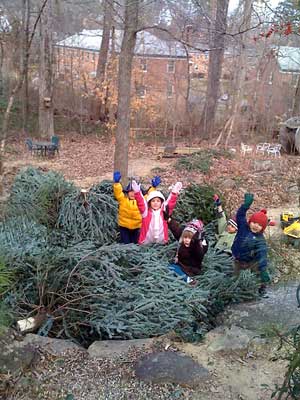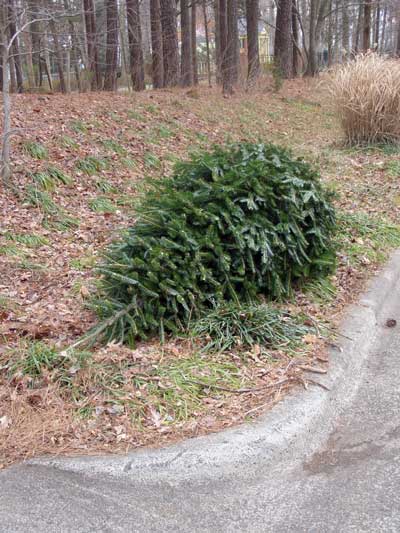Don’t orphan that special tree
Flora Columnist
As we approach all the celebration and joys of Dec. 25, take a time out to reflect on the specialness of that tree you brought indoors to accompany your family traditions.
For some, the specialness of that tree began with selecting and cutting it from a local cut-your-own-tree farm. That takes old-timers back to the days of walking local fields and woods in search of the perfect tree.
For most, that tradition has been replaced by going to an in-town tree lot, where picking the perfect tree is still a special family ritual. Just about everyone will select a North Carolina Fraser fir, Abies fraseri, for that perfect tree.
The once-magnificent North Carolina high-altitude evergreen Fraser fir forests, described as “Christmas Tree Land†by B.W. Wells in The Natural Gardens of North Carolina, are much diminished now by the exotic balsam woolly adelgid insect pest.
Today, Fraser firs are more commonly seen on our mountain-county hillside Christmas tree farms. Though helping the economy of the region, much of the Christmas tree production depends upon heavy pesticide and herbicide use with resulting toxic runoff. A bright side is that some farms are now moving toward pollution-free organic operations. Your tree most likely “grew up†on one of those tree farms.
When the holidays are past, those trees are usually discarded along curbsides to be collected by public works crews. Don’t let this happen in your neighborhood! That tree represents so many memories and traditions for your family that it should be unthinkable to orphan it so callously on the street curb for offsite disposal. Your tree is deserving of more reverent appreciation by extending its usefulness outdoors on your home turf, which offers countless honorable ways for that special tree to slowly return to nourish the earth.
Staked upright near bird feeders, your tree provides multiple perches and excellent shelter. If not desired for a short-term evergreen effect in your winter garden, the branches can be cut and applied as mulch around trees and shrubs.
Residents of the Mason Farm Road neighborhood join together each year’s end to continue the life of their special trees on the woodland grounds of Diana Steele’s Willow Hill Preschool. Eventually, those trees make a journey down to become a forest-edge perimeter berm, defining the outer limits of the kids’ discovery/play grounds. In addition, the tree-brush berm provides perches and shelter for birds and other wildlife and helpfully captures far-flung balls.
However, before those trees make it to the destined perimeter, the kids move them around and, like budding architects, make tree fortresses, tree castles and even giant bird nests, all reflective of their young creative energies.
Hopefully, you will honor your tree this year by keeping it on your home turf, or at least on a neighborhood site where the kids may enjoy it on its way to a natural return to the soil.
Email Ken Moore at flora@carrborocitizen.com.




Comments are closed.